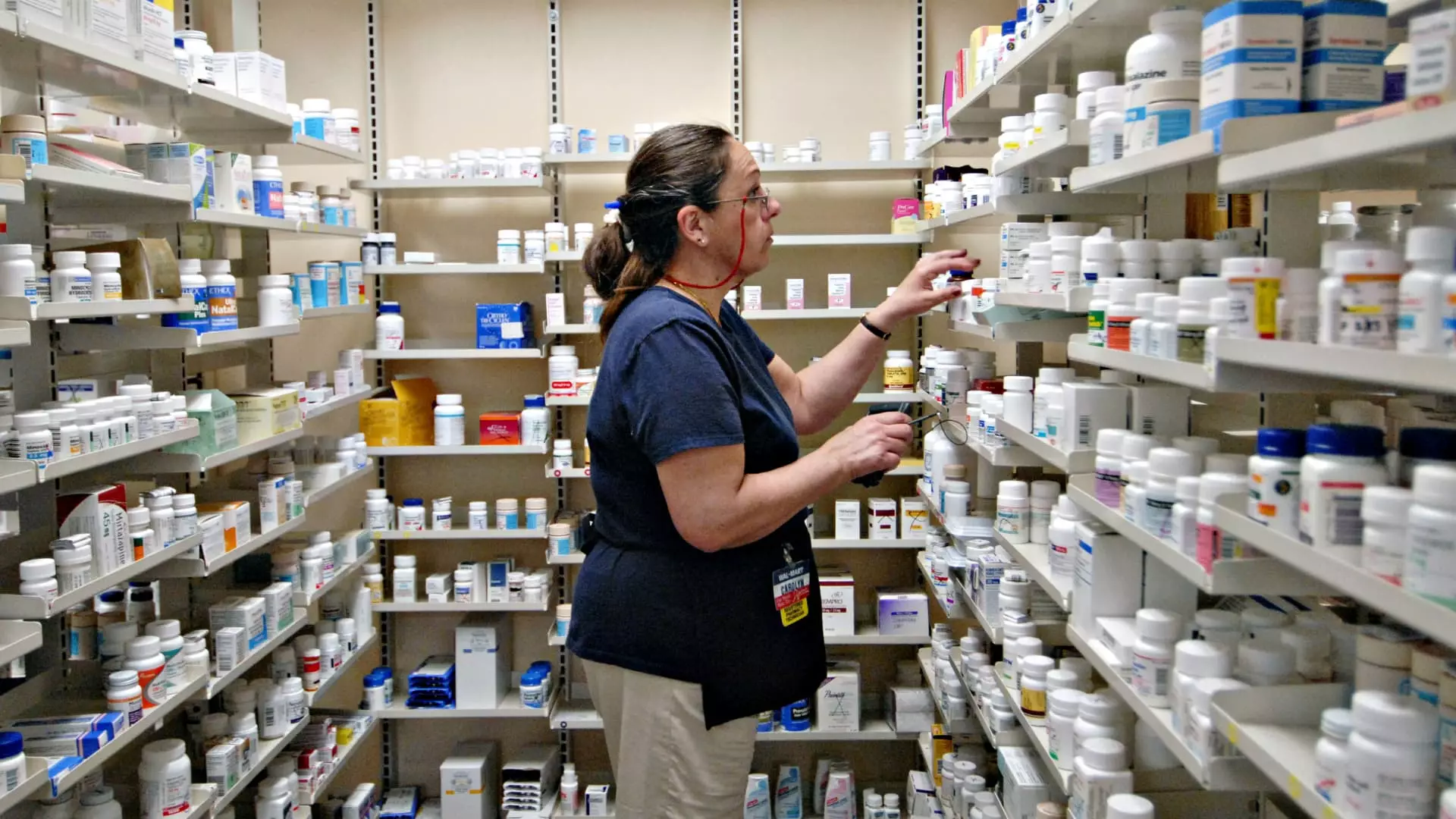In recent years, the cost of prescription medications in the U.S. has been steadily on the rise, with a staggering 37% increase since 2014. This surge in prices far outpaces the rate of inflation, creating a significant financial burden for consumers across the nation. The average American now spends $16.26 out of pocket per prescription, causing strain on those with high deductible plans or those without insurance coverage. As a result, out-of-pocket expenses continue to grow due to rising copays, coinsurances, and deductibles.
The Big Pinch: Rising Copays and Deductibles
Over the past decade, the average person’s deductible has nearly doubled, while copays are also increasing as more plans add additional tiers of drugs with higher costs. This phenomenon, referred to as “the big pinch” by GoodRx, further exacerbates the financial strain on consumers. The combination of higher medication costs and reduced insurance coverage has created a challenging situation for many Americans, making it difficult to access necessary medications and pharmacy services.
GoodRx’s analysis of over 3,700 Medicare Part D plans from 2010 to 2024 revealed a concerning trend – a 19% decrease in the portion of medications covered during that period. This decline in coverage adds to the burden faced by consumers, making it even more challenging to afford essential prescription drugs. The impact of rising prices and decreased coverage has left many individuals struggling to navigate the complex landscape of medication access and insurance affordability.
As the cost of prescription medications continues to climb, policymakers have begun taking action to address the issue. President Joe Biden’s administration has implemented measures to lower out-of-pocket drug expenses, including the recent announcement of price reductions on 64 prescription drugs for Medicare beneficiaries. These efforts aim to alleviate the financial burden on consumers, with the potential to save individuals thousands of dollars annually. Despite these initiatives, the reality is that many patients still face unexpected and increasingly high out-of-pocket costs for their medications.
The rising cost of prescription medications in the U.S. presents a complex and multi-faceted challenge for consumers. The intertwining factors of escalating prices, reduced coverage, and higher out-of-pocket expenses create a difficult landscape to navigate for those in need of essential medications. As policymakers and industry leaders continue to search for solutions, it is crucial to prioritize affordability and accessibility for all individuals. Addressing the root causes of these financial burdens is essential to ensure that every American has access to the prescription drugs they need at a price they can afford.

Leave a Reply